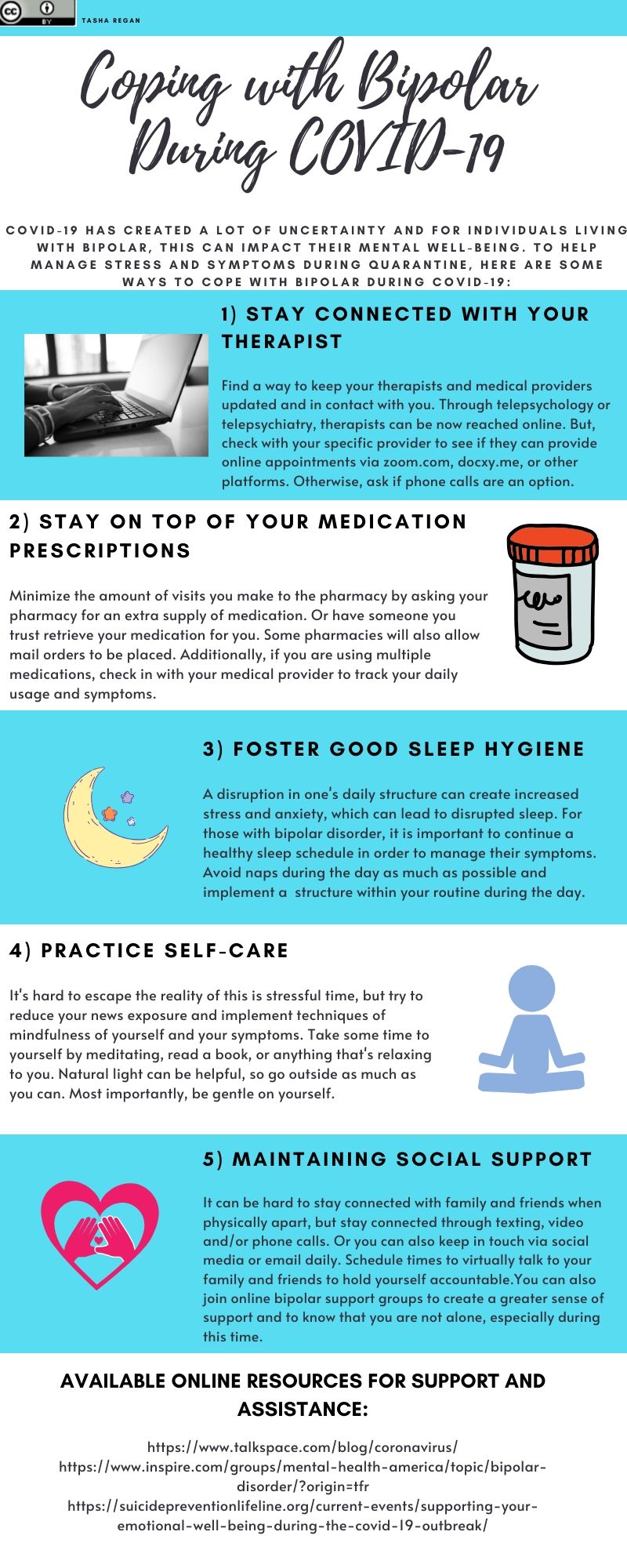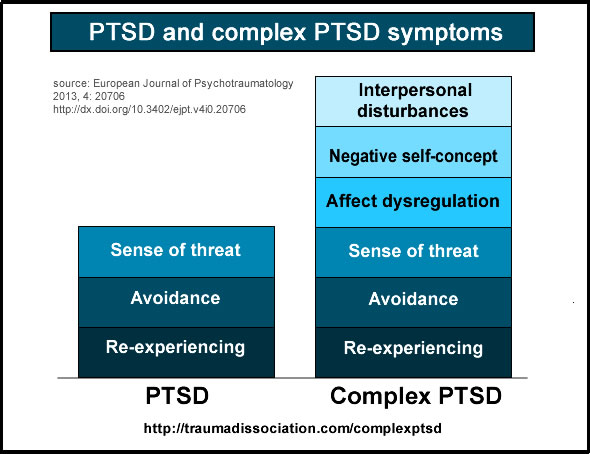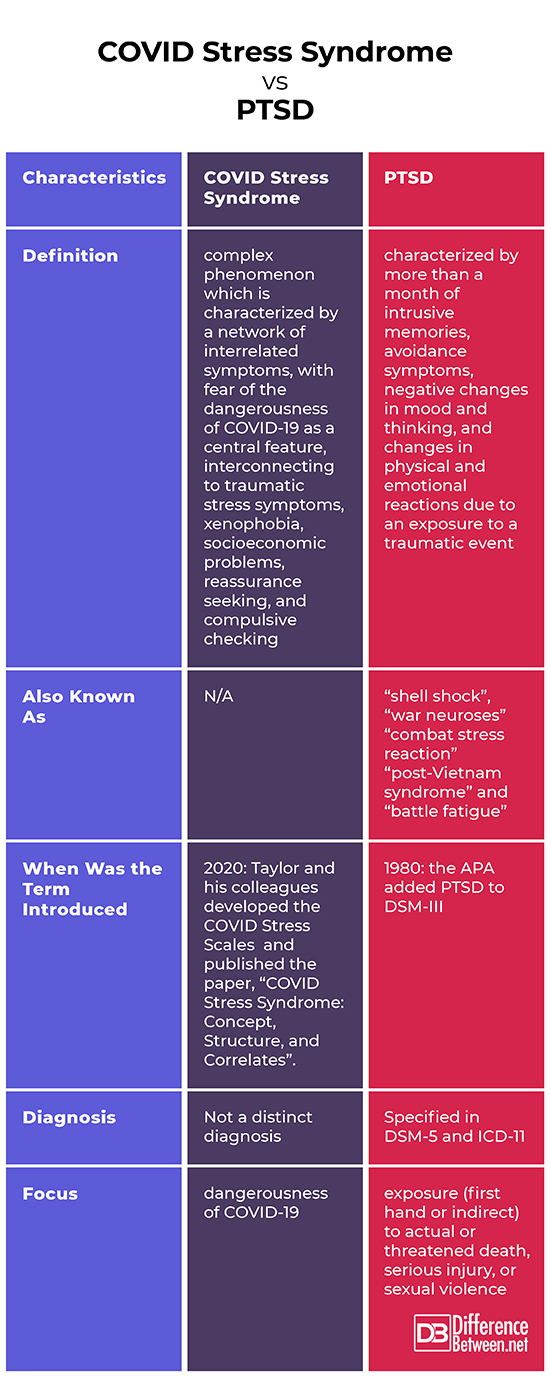Difference Between COVID Stress Syndrome and Posttraumatic Stress Disorder (PTSD)
COVID stress syndrome and PTSD are both mental health conditions which are related with distress, anxiety, t raumatic experience, and mood and cognitive alterations. However, COVID stress syndrome is a complex phenomenon which is characterized by a network of interrelated symptoms (traumatic stress symptoms, xenophobia, socioeconomic problems, reassurance seeking, and compulsive checking) with the dangerousness of COVID-19 at its core while PTSD is a distinct mental illness which is characterized by more than a month of intrusive memories, avoidance symptoms, negative changes in mood and thinking, and changes in physical and emotional reactions due to an exposure to a traumatic event. The following discussions further delve into such distinctions.

What is COVID Stress Syndrome?
COVID stress syndrome is a complex phenomenon which is characterized by a network of interrelated symptoms, with fear of the dangerousness of Coronavirus disease 2019 (COVID-19) as a central feature, interconnecting to traumatic stress symptoms, xenophobia, socioeconomic problems, reassurance seeking, and compulsive checking. This is also linked to high distress levels, panic buying, excessive avoidance, maladaptive coping during isolation, and other pertinent behaviors. People with this syndrome are more likely to be anxious, depressed, avoiding public transport, wearing facemasks, and to believe in COVID-19 conspiracy theories. This condition could be a distinct disorder or a part of another one like illness anxiety disorder, PTSD, or obsessive-compulsive disorder (Taylor, et al., 2020).
The following outlines some of the findings from Taylor’s research:
- Compared to those were not diagnosed, the respondents who were diagnosed with COVID-19 had higher levels of COVID stress.
- Those with Asian and Hispanic ancestry scored higher on the COVID Stress Scales compared to those with Black/African American and Caucasian ancestry.
- Regarding occupation, health care workers and those who have jobs which are at risk of contracting COVID-19 (e.g., salesperson, taxi driver, etc.) did not significantly have higher (or lower) levels of COVID stress.

What is PTSD?
According to the 5th edition of the Diagnostic and Statistical Manual of Mental Disorders (DSM-5), PTSD is characterized by exposure (first hand or indirect) to actual or threatened death, serious injury, or sexual violence; intrusion symptoms which are related to the traumatic event (e.g. memories, dreams, flashbacks, and psychological and/or physical reactions); persistent avoidance of reminders, thoughts, feelings, or triggers; persistent negative changes in mood and cognitions (e.g. forgetting important aspects of the traumatic event, irrational negative expectations or beliefs, distorted views on the causes or consequences of the traumatic event, negative emotional states, feelings of detachment, and inability to experience positive emotions); and marked alterations in arousal and reactivity (e.g. irritability, angry outbursts, recklessness, hypervigilance, sleep disturbance, exaggerated startle response, and inability to concentrate). Also, the aforementioned disturbances should last for more than a month. This disorder can occur at any age and the symptoms usually manifest within the first three months after the trauma.
In the past, this was also known as “shell shock”, “war neuroses” “combat stress reaction (CSR)”and “battle fatigue” as the symptoms were apparent among World War I and World War II soldiers. In 1980, the American Psychiatric Association (APA) added PTSD to DSM-III. This was spurred by the research findings on Vietnam War Veterans, Holocaust survivors, sexual trauma victims, etc. (Friedman, 2019).
Difference between COVID Stress Syndrome and PTSD
Definition
COVID stress syndrome is a complex phenomenon which is characterized by a network of interrelated symptoms, with fear of the dangerousness of Coronavirus disease 2019 (COVID-19) as a central feature, interconnecting to traumatic stress symptoms, xenophobia, socioeconomic problems, reassurance seeking, and compulsive checking (Taylor, 2020). On the other hand, PTSD is characterized by more than a month of intrusive memories, avoidance symptoms, negative changes in mood and thinking, and changes in physical and emotional reactions due to an exposure to a traumatic event (APA, 2013).
Also Known As
COVID stress syndrome has just been coined and does not have other distinct terms as of this moment. In comparison, PTSD was also known as “shell shock”, “war neuroses” “combat stress reaction” “post-Vietnam syndrome” and “battle fatigue”, among others, as the symptoms were apparent among World War I and World War II soldiers.
When Was the Term Introduced
In 1980, the APA added PTSD to DSM-III. As for COVID stress syndrome, this has just been recently introduced; Taylor (2020) and his colleagues developed the COVID Stress Scales and published the paper: “COVID Stress Syndrome: Concept, Structure, and Correlates”.
Diagnosis
In DSM-5, PTSD is classified under Trauma and Stressor-Related Disorders; this condition is also specified in the 11th edition of the International Classification of Diseases (ICD-11), along with complex post-traumatic stress disorder (CPTSD). Taylor (2020) stated that this condition could be a distinct disorder or a part of another one like illness anxiety disorder, PTSD, or obsessive-compulsive disorder.
Focus
PTSD covers exposure to any traumatic event while COVID stress syndrome has the dangerousness of COVID-19 as a central feature.
COVID Stress Syndrome vs PTSD

Summary
- COVID stress syndrome is a complex phenomenon which is characterized by a network of interrelated symptoms, with fear of the dangerousness of COVID-19 as a central feature.
- PTSD is characterized by more than a month of intrusive memories, avoidance symptoms, negative changes in mood and thinking, and changes in physical and emotional reactions due to an exposure to a traumatic event.
- Unlike COVID stress syndrome, PTSD is specified in DSM-5 and ICD-11.
- Difference Between Hematoma and Melanoma - February 9, 2023
- Difference Between Bruising and Necrosis - February 8, 2023
- Difference Between Brain Hematoma and Brain Hemorrhage - February 8, 2023
Search DifferenceBetween.net :
Leave a Response
References :
[0]American Psychiatric Association. (2013). Diagnostic and statistical manual of mental disorders (5th ed).
[1]Friedman, M. (2019). History of PTSD in veterans: Civil war to DSM-5. U.S. Department of Veterans Affairs. https://www.ptsd.va.gov/understand/what/history_ptsd.asp
[2]Taylor, S., Landry, C., Paluszek, M., Fergus, T., McKay, D., Asmundson, G. (2020). COVID stress syndrome: Concept, structure, and correlates. Depression and Anxiety. doi: 10.1002/da.23071
[3]Image credit: http://traumadissociation.com/downloads/information/PTSD_CPTSD_ICD11.jpg
[4]Image credit: https://upload.wikimedia.org/wikipedia/commons/5/54/Coping_with_Bipolar_Disorder_during_COVID-19_%28Tashsa_Regan%29_v1.jpg
